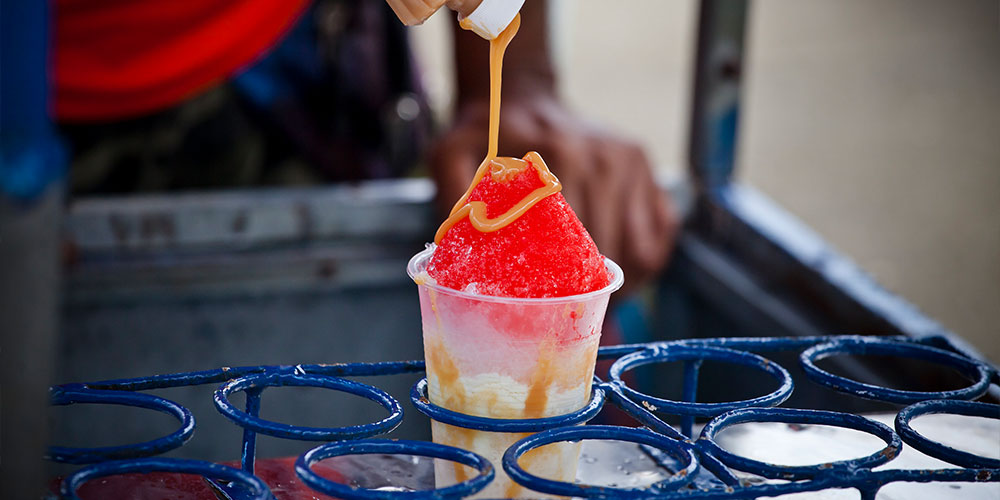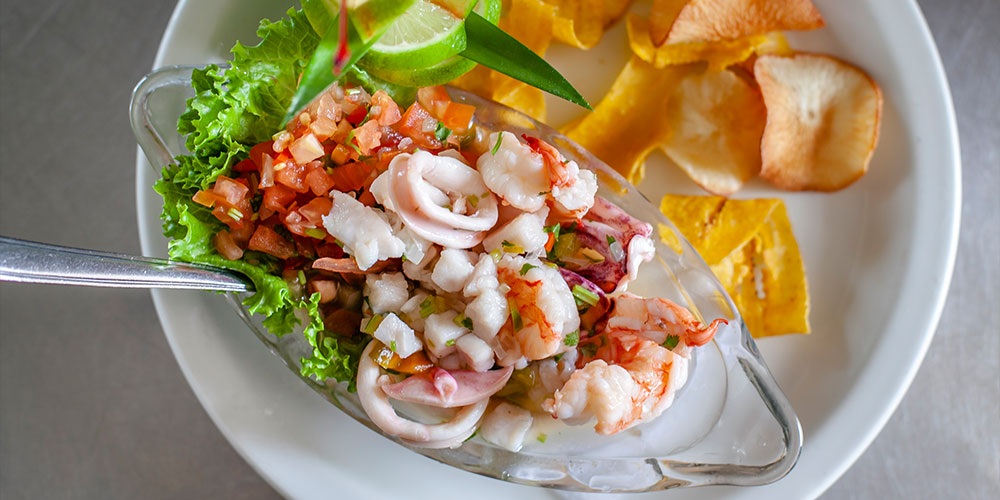Costa Rica’s Independence Month tends to be a great spotlight for the myriad of national customs and traditions that make this small Central American nation such an alluring setting. Most of the time, Costa Rican identity is constructed around the iconography imported from the Nicoya Peninsula and the agricultural history of the country, which merits their acknowledgment but aren’t the only kind of expressions the ticos know about.
The Pacific coastline stretches way beyond the Northern province of Guanacaste, boasting in Puntarenas a captivating tapestry of experiences and traditions that’s underrepresented in the national consciousness. For example, architectural enthusiasts will have a hard time finding better examples of Victorian coastal buildings than Puntarenas, with its iconic pier and many prominent houses from the earlier half of the 20th Century. This comes in conjunction with the older colonial buildings from the 19th Century, which are mainly seen in churches and cathedrals in the Spanish fort-like construction.
In terms of music, Puntarenas boasts a blend of folk colonial music intertwined with the Colombian cumbia and the “tambito generaleño” from San Jose’s Southern communities. It’s very tropical in texture and blends perfectly with the festive aura that permeates the summer carnivals and colorful parades.

Perhaps one of the ticos’ favorite reasons to visit Puntarenas is experiencing its culinary delights, which mainly revolve around seafood. Combining pre-Hispanic indigenous diets, Spanish colonial cuisine, and immigrant contributions. Ceviche is the area’s signature dish, featuring diced fish, chucheca, or shrimp marinated in lime juice, mixed with onions, sweet pepper, cilantro, and salt. It’s served cold with crackers, boiled green plantains, or “patacones.” Variations may include vegetable oil, Worcestershire sauce, tomato sauce, Tabasco, or mayonnaise. Other seafood dishes include whole-fried fish, grilled lobster, and various preparations with garlic or butter. Soups are prepared with shrimp or seafood, and traditional African-influenced dishes like “vigorón” (cracklings with cabbage and cassava) showcase Puntarenas’ unique flavors. Local beverages include “resbaladera” (rice and cinnamon drink), tamarindo, coconut water (“agua de pipa”), horchata, and more. For dessert, there isn’t something as iconic as the legendary “granizados,” an icy treat featuring shaved ice, syrup, powdered milk, and condensed milk, particularly the local favorite “Churchil”, a popular variety with added ice cream for which Costa Ricans nationwide have visited the coast to try for generations.
This is just a small sample of the kind of cultural delights that abound in Puntarenas and the Pacific coast’s heritage, another element that enrichens Costa Rica as a multicultural and diverse destination and makes this popular area a must-visit, even beyond its paradisiacal beaches and astonishing national parks.

